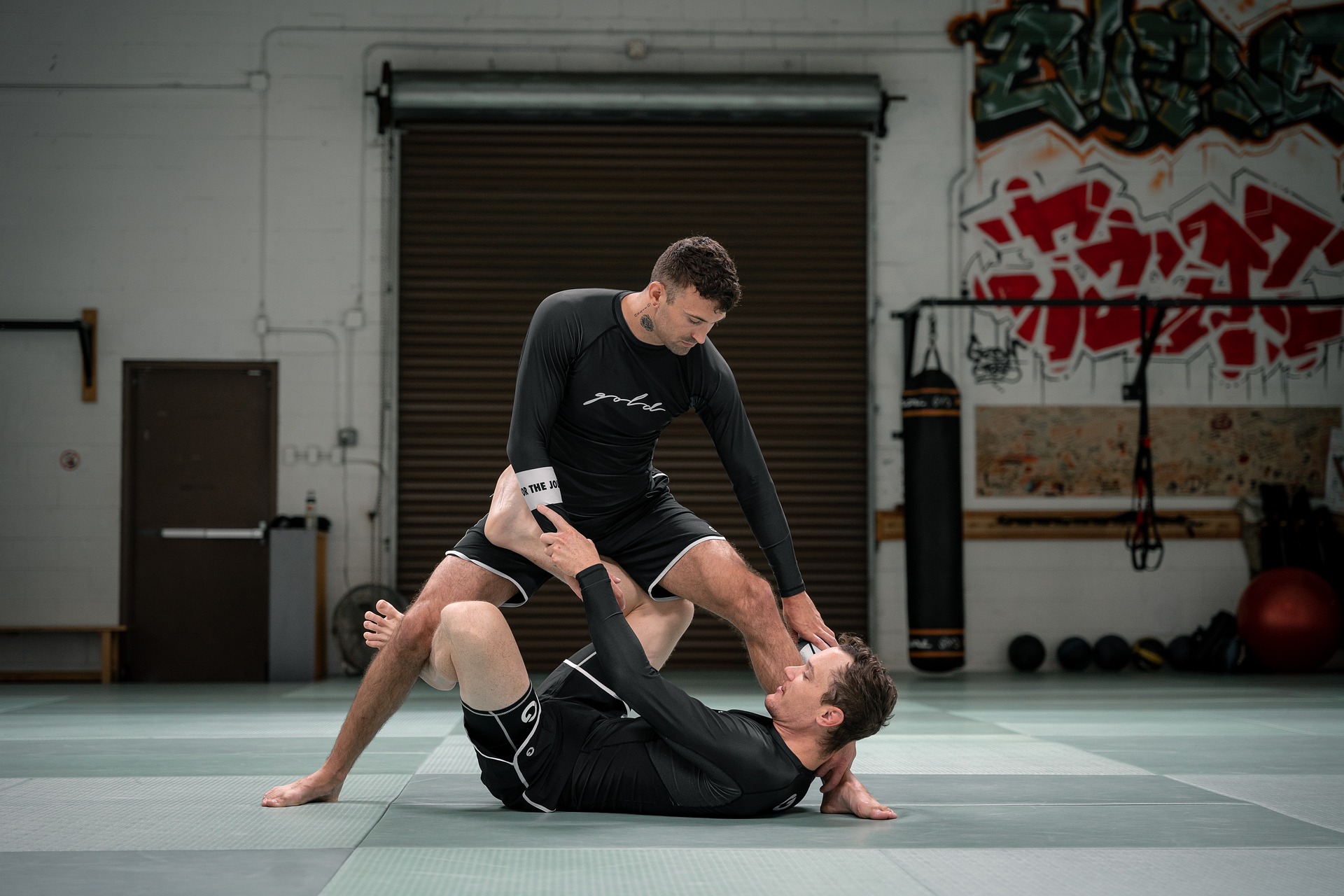Breaking Barriers: The Emergence of Mixed Martial Arts in the Mainstream Sports Arena
The evolution of sports is a captivating journey as it reflects society's progression, challenges, and victories. Each sport carries a unique narrative that unveils the human spirit's power to overcome obstacles and establish new norms. One such narrative is the rise of Mixed Martial Arts (MMA) into mainstream sports. Once considered a brutal and unregulated spectacle, MMA has become a legitimate, globally recognized sport attracting countless fans and athletes worldwide.

Chapter 1: MMA’s Rocky Origins and Journey to Legitimacy
MMA traces its roots back to the ancient Olympic Games in 648 BC, where Pankration, a blend of boxing and wrestling, was introduced. However, the modern version of MMA we know today started to take shape in the late 20th century, particularly with the establishment of the Ultimate Fighting Championship (UFC) in 1993. UFC was initially intended to be a one-off spectacle, pitting various martial arts styles against each other. However, the lack of regulatory guidelines and safety measures led to criticisms, branding it as “human cockfighting.”
Despite the backlash, UFC persisted, and in the late 2000s, it began implementing stricter rules and regulations. This move towards a more professional and regulated format attracted more athletes and sponsors, contributing to UFC’s growing popularity and acceptance.
Chapter 2: Current Trends and Developments in MMA
As MMA continues to gain mainstream acceptance, several trends and developments have emerged. There’s a growing emphasis on well-roundedness, as fighters must be versed in various martial arts styles. Additionally, the sport’s global appeal has increased, with more international fighters making a name for themselves.
MMA’s popularity has also opened doors for more women to participate in the sport. While initially male-dominated, women compete at the highest levels, further expanding the sport’s reach and influence.
Chapter 3: The Science and Strategy of MMA Training
MMA training is unique as it requires fighters to be competent in various martial arts styles, from striking disciplines like boxing and Muay Thai to grappling arts such as Brazilian Jiu-Jitsu and wrestling.
This diverse skill set requires a multifaceted training approach. Strength and conditioning, flexibility, and endurance are crucial aspects. Mental toughness is also essential, as fighters must be able to strategize and adapt quickly during fights.
While such a comprehensive training regimen can be demanding, it also offers numerous benefits. It promotes overall fitness, enhances discipline, and fosters mental resilience.
Chapter 4: Real-World Applications and Influence of MMA
The impact of MMA extends beyond the octagon. Its diverse training regimen promotes a balanced fitness approach, appealing to fitness enthusiasts seeking a comprehensive workout. It’s also influenced the fitness industry, with MMA-inspired workouts becoming increasingly popular.
Additionally, MMA’s rise has sparked discussions on safety and sportsmanship, leading to more stringent regulations in combat sports. It’s also encouraged more people to learn self-defense, highlighting the practical applications of martial arts.
Chapter 5: The Future and Potential of MMA
MMA’s journey from a controversial spectacle to a respected sport is a testament to its potential. With its growing popularity, global appeal, and inclusive practices, MMA has a bright future ahead.
As MMA continues to evolve, it’s crucial to ensure its growth is coupled with increased safety measures and ethical practices. This way, MMA can maintain its appeal while ensuring the welfare of its athletes.
In conclusion, the rise of MMA is a powerful narrative of resilience and progress. It highlights the transformative power of sports, proving that even the most controversial disciplines can evolve into recognized, respected sports arenas. As MMA continues to shape the sports landscape, it’s clear that it’s more than just a sport—it’s a testament to the human spirit’s tenacity and adaptability.




